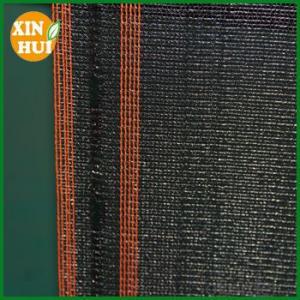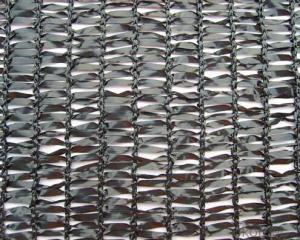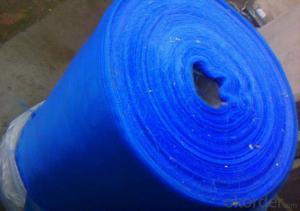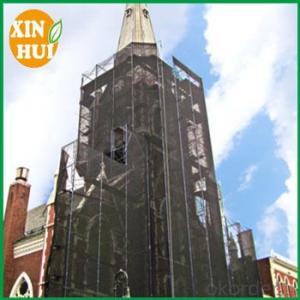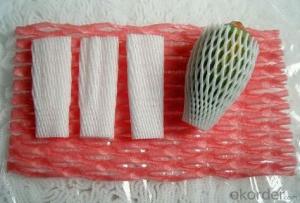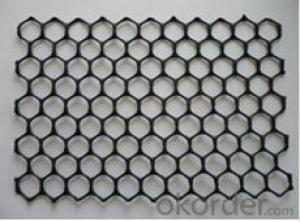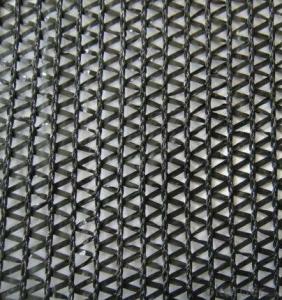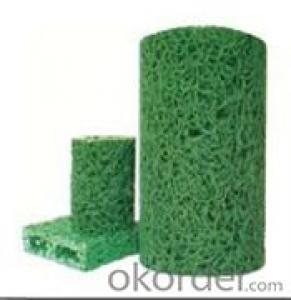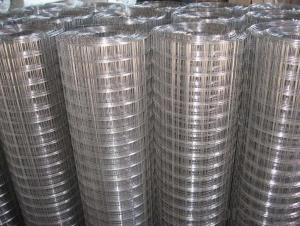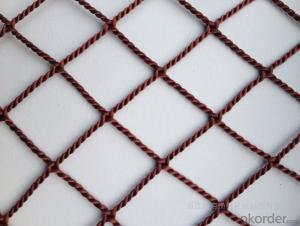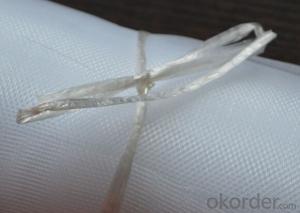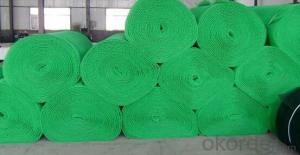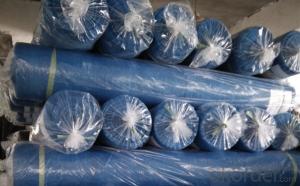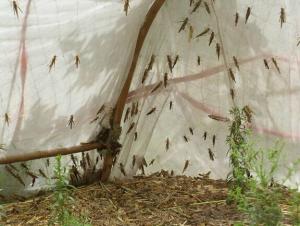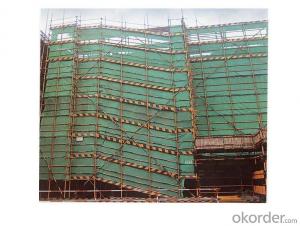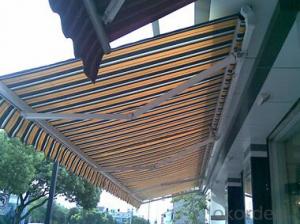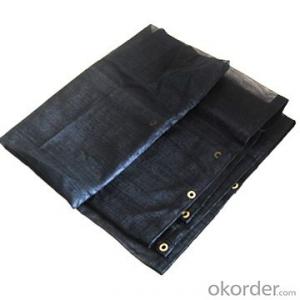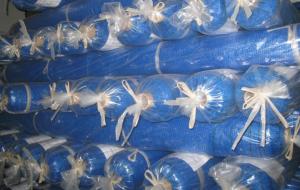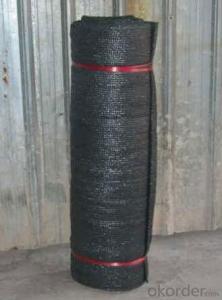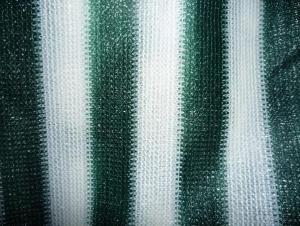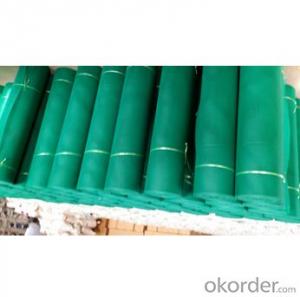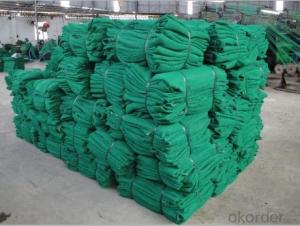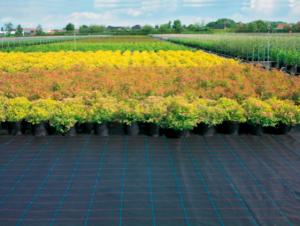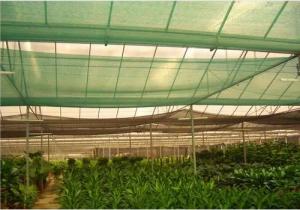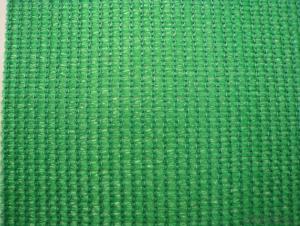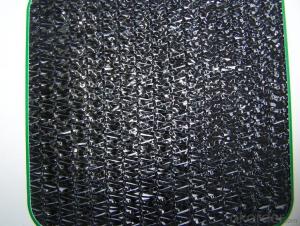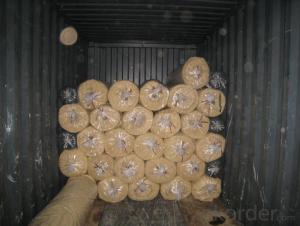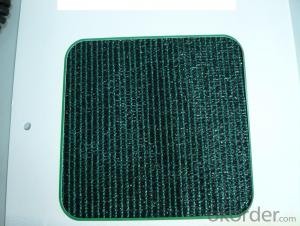Plastic Safety Netting
Plastic Safety Netting Related Searches
Plastic Wire Netting Clear Plastic Netting Green Plastic Netting Garden Plastic Netting Plastic Netting Nz Rigid Plastic Netting Plastic Netting Uk Protective Netting Plastic Deer Netting Plastic Netting For Gardens Plastic Garden Netting Fencing Black Plastic Garden Netting Plastic Garden Netting Uk Barrier Fence Netting Poly Tube Netting Flexible Netting Scaffold Netting Protective Plastic Sheeting Garden Plastic Sheeting Garden Screen Netting Plastic Tubing Large Rolls Of Plastic Sheeting Agricultural Netting Suppliers Plastic Fence Mesh Heavy Duty Plastic Mesh Fencing Plastic Mesh Deer Fencing Corrigated Plastic Roofing Stiff Plastic Mesh 6 Mil Plastic Sheeting Wholesale Plastic Hanging BasketsPlastic Safety Netting Supplier & Manufacturer from China
Plastic Safety Netting is a versatile product designed to provide protection and security in various settings. Made from durable plastic materials, these nets are engineered to withstand harsh weather conditions and resist wear and tear, ensuring long-lasting performance. The nets are available in different mesh sizes and colors, allowing for customization to suit specific needs and preferences.Plastic Safety Netting is widely used in construction sites, sports arenas, and agricultural fields to prevent accidents and protect people and property. In construction, these nets are employed to cover scaffolding, securing debris from falling and reducing the risk of injury to workers and pedestrians below. In sports, they serve as protective barriers around courts and pitches, safeguarding players and spectators from stray balls and other projectiles. In agriculture, the nets are used to shield crops from birds and other pests, preserving yield and quality.
Okorder.com is a leading wholesale supplier of Plastic Safety Netting, offering a vast inventory of high-quality products at competitive prices. With a commitment to customer satisfaction, Okorder.com ensures that each order is processed efficiently and delivered promptly. Their extensive range of Plastic Safety Netting caters to diverse industries, making them a one-stop solution for businesses and individuals seeking reliable safety netting solutions.
Hot Products
